The digital age has ushered in a new era of science communication, where lab coats and lecture halls are being replaced by smartphone screens and viral trends. Across TikTok, a growing wave of scientists, researchers, and academics are finding unprecedented success by translating complex concepts into engaging, bite-sized content. What began as a niche corner of the platform has exploded into a full-blown movement, with #ScienceTok amassing billions of views and creating unlikely celebrity scientists.
These aren't your stereotypical stuffy professors droning on about equations. The new generation of science communicators understands that to capture short attention spans, they need to entertain as much as they educate. Dr. Sarah Weber, a marine biologist with 2.3 million followers, frequently films herself in wetsuits doing "get ready with me" style videos before ocean dives, seamlessly weaving in facts about coral bleaching between makeup application. "If I just lectured about pH levels, I'd lose them in three seconds," she laughs in one viral clip that has been remixed over 40,000 times.
The format works because it subverts expectations. A particle physicist might explain quantum entanglement while pretending to be a gossipy friend dishing relationship drama ("So like, these two electrons meet at a party and BAM - they're connected forever no matter how far apart they move! Messy!"). Chemists demonstrate explosive reactions with the same enthusiastic energy as viral cooking channels. Paleontologists rap about dinosaur bones. The creativity is endless, and the algorithm rewards it.
What makes this phenomenon particularly fascinating is how it's changing public perception of scientists. The stereotypical image of the isolated, socially awkward researcher simply doesn't hold up when you're watching a virologist break down vaccine development through Taylor Swift lyric parallels or a climate scientist roasting bad environmental takes with the precision of a seasoned comedian. These creators are humanizing science in ways traditional media never managed.
The educational impact is staggering. During the pandemic, epidemiologists like Dr. Omar Khalid gained massive followings by debunking misinformation with clear, compassionate videos. His series explaining viral mutations using gummy bears garnered more engagement than most peer-reviewed papers ever achieve. "This is how we bridge the gap between academia and everyday people," he says in an interview clip that's been viewed over 5 million times. "When someone comments 'I finally get it!' that's more rewarding than any journal publication."
Universities are taking notice. Several institutions now offer social media training for graduate students, recognizing that public engagement is becoming as valuable a skill as lab work. Some departments even consider viral outreach when evaluating professors for tenure. The Massachusetts Institute of Technology recently launched a "TikTok Thesis" competition, challenging students to explain their research in under 60 seconds without jargon.
Of course, going viral as a scientist isn't without challenges. Many creators report harassment from anti-science groups or struggle with the pressure to constantly produce content while maintaining their research workloads. There's also the delicate balance of simplification versus accuracy - a 15-second video can't capture scientific nuance, leading some academics to criticize the trend as "dumbing down" complex fields.
But the data suggests these concerns might be missing the bigger picture. Surveys show Gen Z TikTok users who follow science creators are significantly more likely to trust scientific institutions and express interest in STEM careers. Museums and journals report spikes in traffic when topics trend on the platform. Perhaps most importantly, it's making science accessible to demographics that traditional education systems often fail to reach.
The financial incentives are creating unexpected career paths too. Top science creators can earn six figures through brand partnerships (science equipment companies are particularly eager sponsors), platform bonuses, and Patreon subscriptions. A handful have even pivoted from academia to full-time content creation, though most maintain a foot in both worlds.
Looking ahead, this trend shows no signs of slowing. As augmented reality filters improve, we're seeing more interactive science content - users can virtually "hold" planets to scale or visualize molecules floating in their bedrooms. Live-streamed lab experiments attract audiences rivaling some sports events. The line between education and entertainment continues to blur, and for millions of viewers, that's exactly what makes it work.
At its core, the TikTok science revolution represents something profound: the democratization of knowledge. When a 15-year-old in rural Kansas can learn about superconductivity from a brilliant physicist doing a silly dance, or when a single mother working two jobs picks up pandemic safety tips between parenting videos, that's real impact. The ivory tower's walls are crumbling, and in their place grows something far more interesting - a global, chaotic, endlessly creative conversation about how our world works.
As platforms evolve and attention spans fracture further, one thing seems certain: the scientists who can make us laugh while we learn will be the ones shaping how society understands science in the digital age. The classroom is everywhere now, and the teachers are wearing jeans, cracking jokes, and - quite often - doing the latest viral dance challenge with a periodic table backdrop.
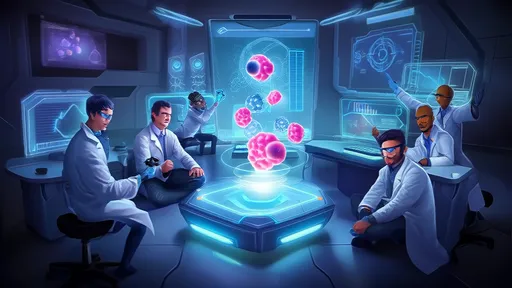
By /Jul 2, 2025
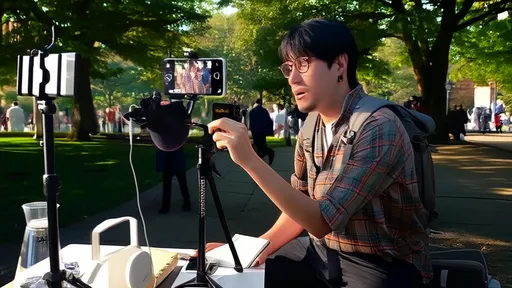
By /Jul 2, 2025
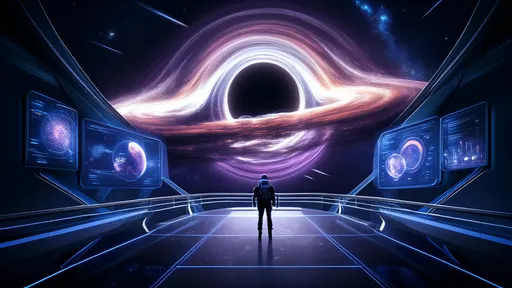
By /Jul 2, 2025
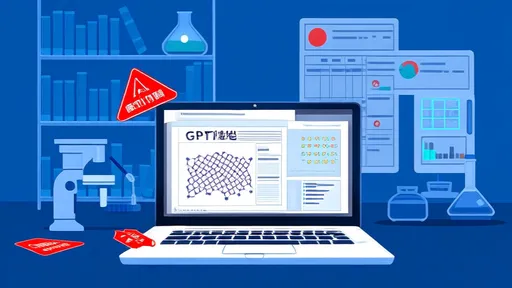
By /Jul 2, 2025
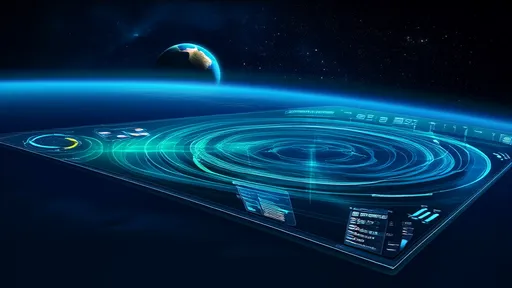
By /Jul 2, 2025
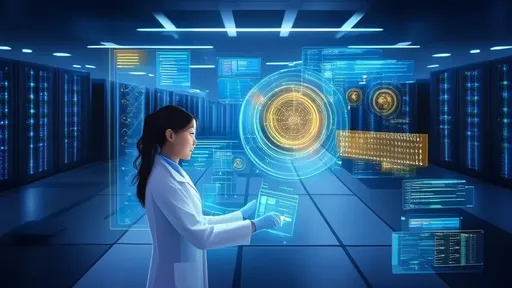
By /Jul 2, 2025
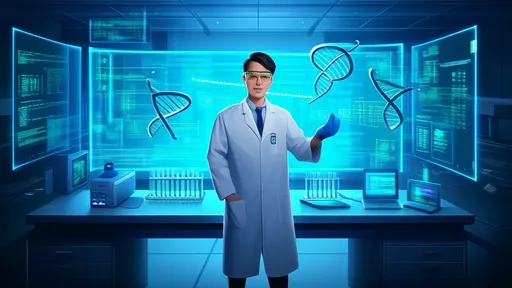
By /Jul 2, 2025
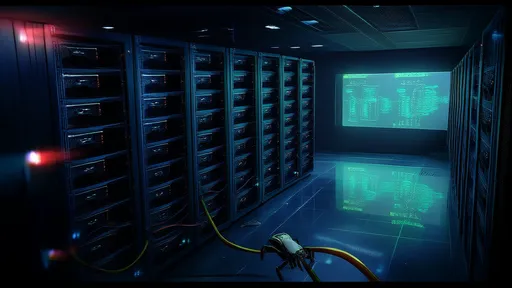
By /Jul 2, 2025
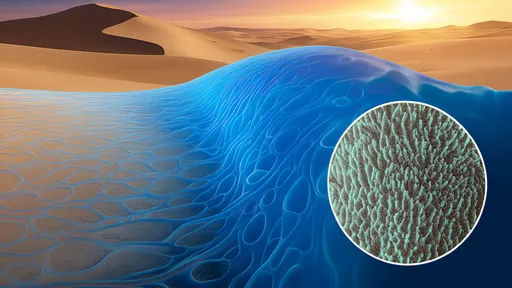
By /Jul 2, 2025
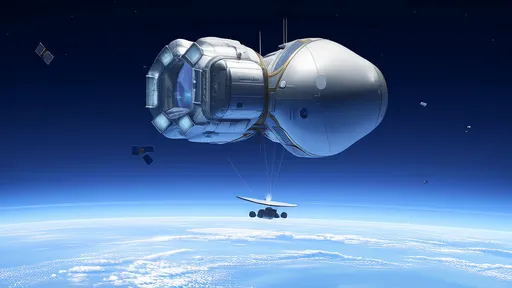
By /Jul 2, 2025
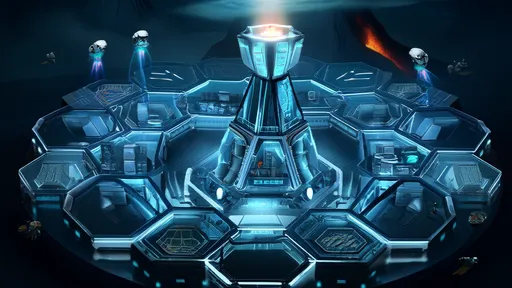
By /Jul 2, 2025
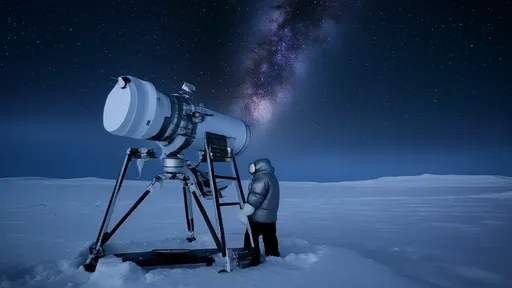
By /Jul 2, 2025
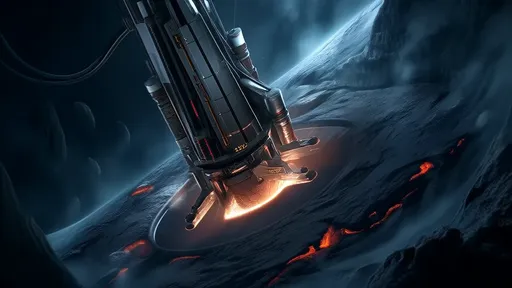
By /Jul 2, 2025
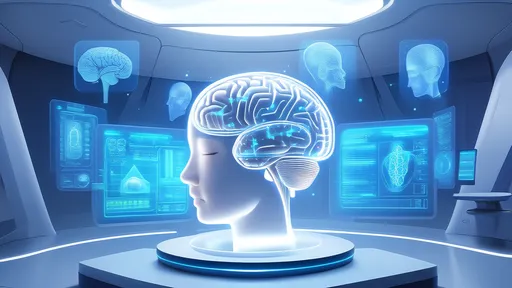
By /Jul 2, 2025

By /Jul 2, 2025
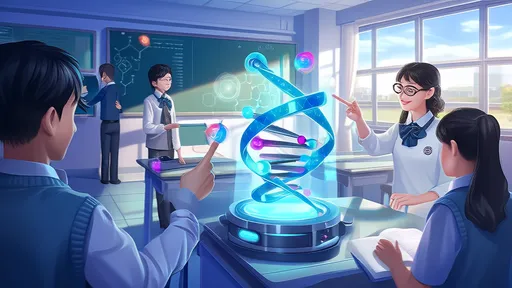
By /Jul 2, 2025
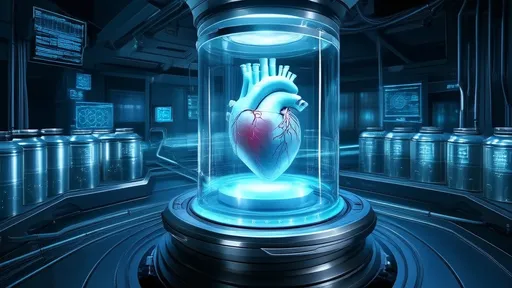
By /Jul 2, 2025

By /Jul 2, 2025
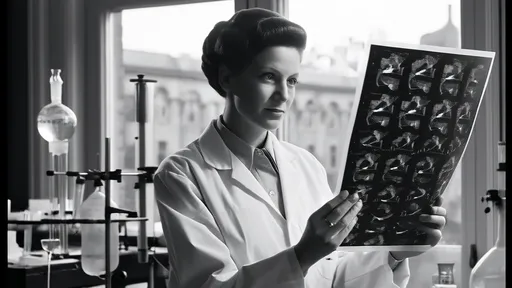
By /Jul 2, 2025
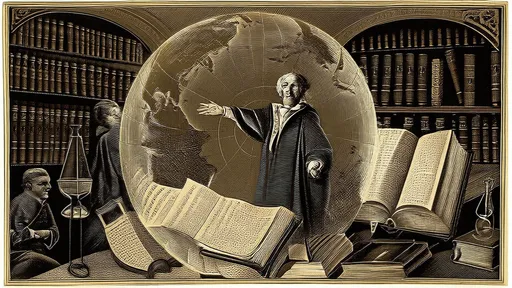
By /Jul 2, 2025